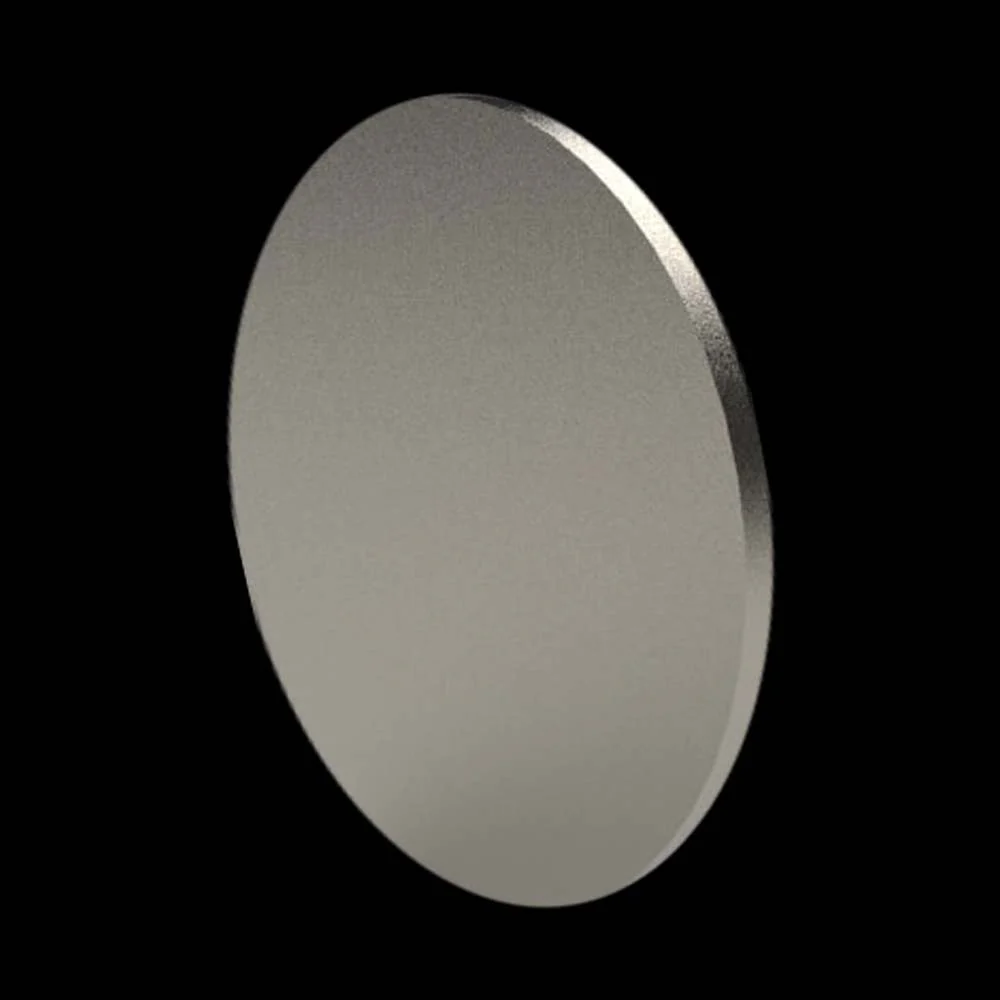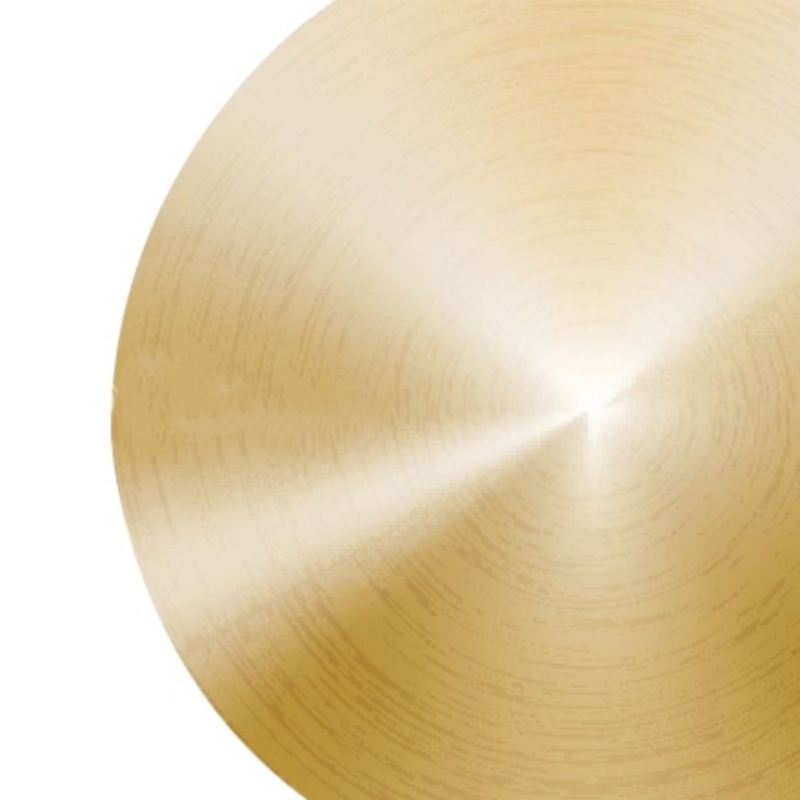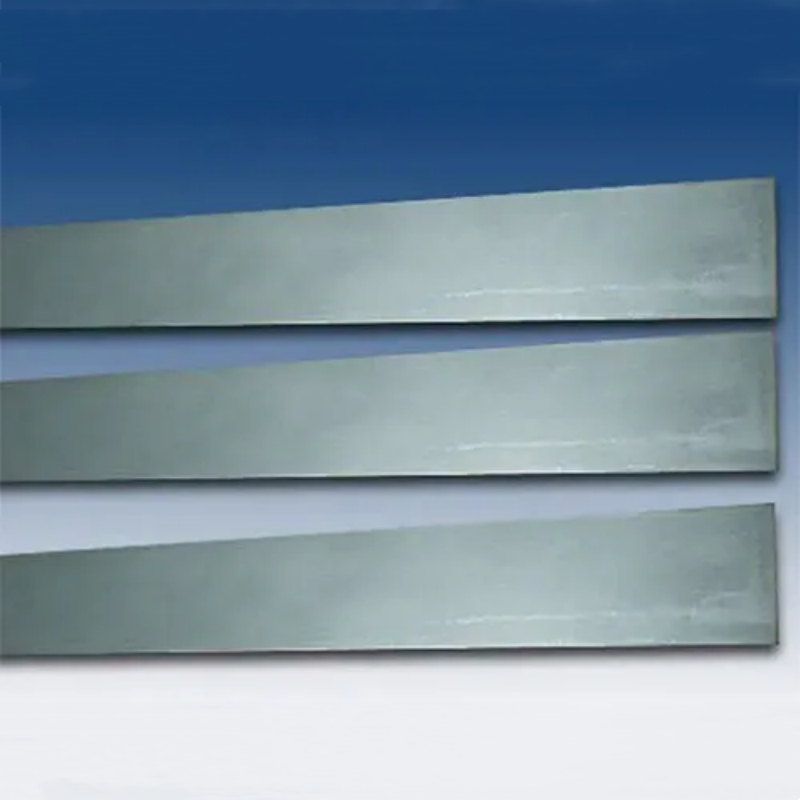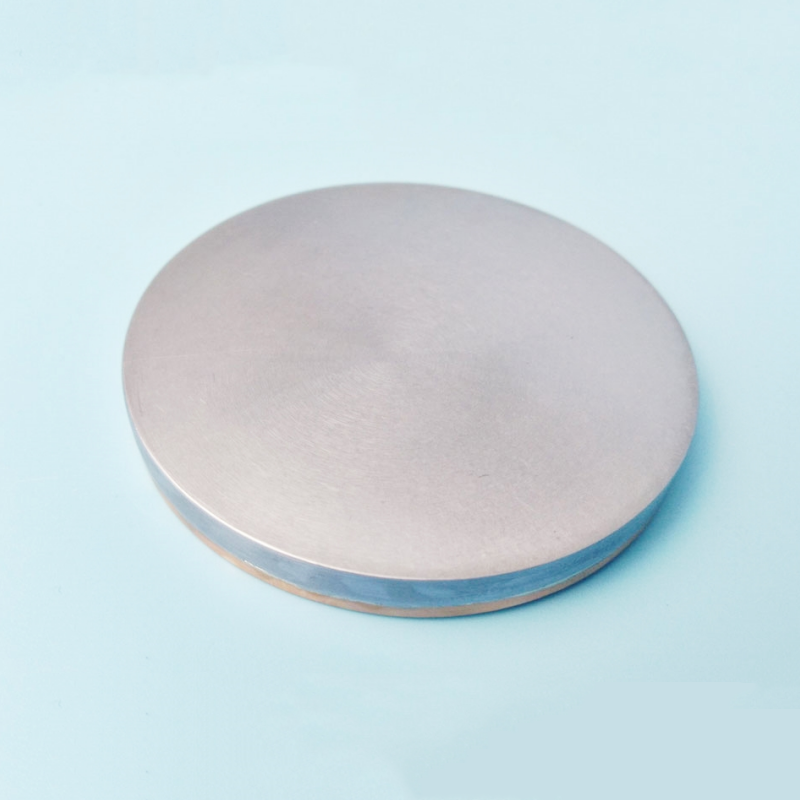Expansion Alloy 4J32 (Super-Invar Alloy) is a high-performance material known for its excellent thermal expansion properties, mechanical stability, and low coefficient of thermal expansion. This alloy is widely used in various industries, including aerospace, precision instruments, and optical devices, where it serves in critical components exposed to demanding environments. Its unique properties make it ideal for applications requiring minimal thermal expansion, durability, reliability, and high performance.
Product Overview
4J32, also known as Super-Invar, is a low-expansion iron-nickel-cobalt alloy designed for applications that require high dimensional stability. This alloy exhibits an extremely low coefficient of expansion within the temperature range of 20-100°C, ensuring dimensional stability despite temperature fluctuations. It is widely used in the manufacturing of high-precision instruments, gauge components, and other applications that demand strict dimensional accuracy.
Features
- Low Expansion Coefficient: Demonstrates an exceptionally low expansion coefficient in the 20-100°C range, ensuring dimensional stability under temperature variations.
- High Dimensional Stability: Ideal for components in precision instruments and equipment where high dimensional accuracy is required.
- Stable Mechanical Properties: Offers stable mechanical strength and toughness, suitable for various high-precision fields.
Applications
- Precision Instruments: Widely used in the manufacture of instruments and gauges, especially for parts that require strict dimensional stability.
- Bimetallic Layers: Used in the production of thermally responsive bimetallic layers and other precision components.
- Resonant Cavities: Suitable for high-precision applications such as resonant cavities that demand high stability.
| C | Si | P | S | Cu | Mn | Co | Ni | Fe |
| Not more than(≤) | ||||||||
| 0.05 | 0.2 | 0.02 | 0.02 | 0.4-0.8 | 0.2-0.6 | 3.2-4.2 | 31.5-33.0 | Balance |
| Heat Treatment Procedure | Average Linear Expansion Coefficient (ā)/(10-6/℃) | |
| 20-100℃ | 20-300℃ | |
| Heat the semi-finished sample to 840±10°C, hold for 1 hour, quench in water, then process the sample into a finished specimen, and hold at 315°C±10°C for 1 hour, cooling in the furnace or air cooling | ≤1.0 | ... |
Submit Your RequirementsWe will contact you within 24 hours.
 WOBO Scientific Research New Materials One-Stop Service Platform
WOBO Scientific Research New Materials One-Stop Service Platform











